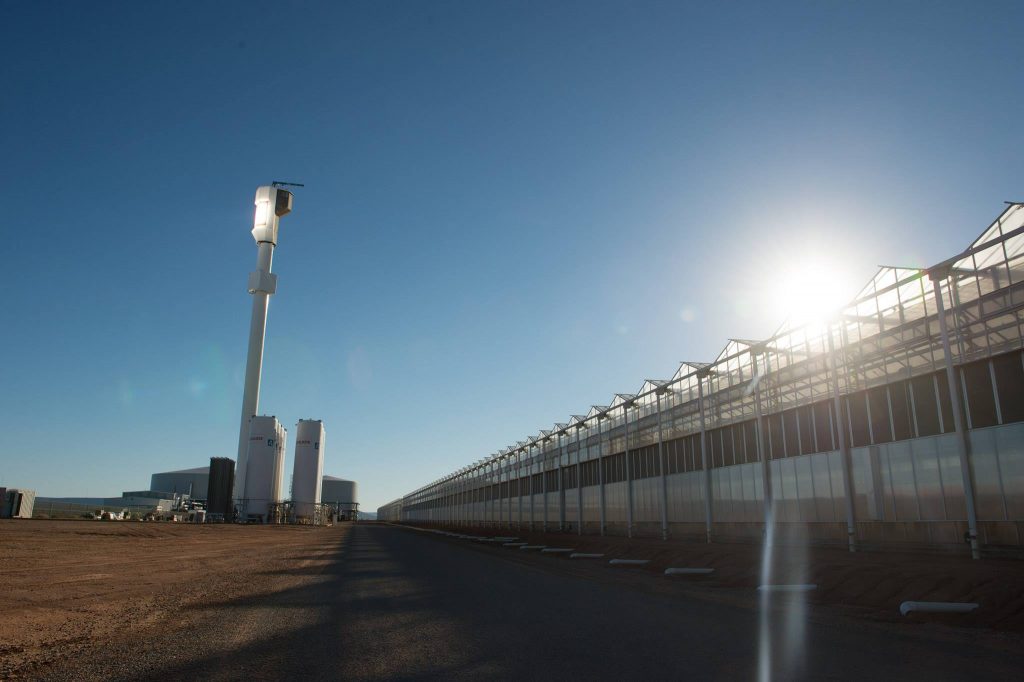Coles solar power – the giant supermarket company has signed a power purchasing agreement (PPA) with global renewable power generation company Metka EGN. Another huge step for commercial solar and retail solar. Let’s read more about it.
Coles Solar Power
The goal is to buy more than 70% of the energy generated by three solar power plants. The plants will be bnuilt and operated by Metka EGN in Wagga Wagga, Corowa, and Junee in New South Wales – this represents 10% of the company’s entire national electricity usage! Metka EGN are a London based EPC contractor working as a subsidiary of Greek company Mytilineos Holdings S.A. According to PV Magazine, construction of 169MW will commence by EOY and project development is at an ‘advanced stage’.
Coles Group CEO Steven Cain discussed the move and Coles’ goal to be the most sustainable supermarket in Australia:
“Coles has been a cornerstone of Australian retail for more than 100 years, and ensuring the sustainability of our business is essential to success in our second century,” he said.
“We are thrilled that with this agreement, Coles can make a significant contribution to the growth of renewable energy supply in Australia, as well as to the communities we serve.” Mr. Cain continued.
Thinus Keeve, the Coles Chief Property and Export Officer, had some comments about the Coles solar power scheme – noting that it’s the first Australian retailer to commit to buying renewable energy through a PPA.
Metka/Coles’ solar plants will supply over 220 gigawatt hours of electricity to the national grid. This will result in the displacement of over 180,000 tonnes of greenhouse gas emissions every year. According to the media release this is also the equivalent of the annual emissions of 83,000 cars.
To read the media release entitled ‘Coles agreement secures three new solar power plants’ on the Coles website please click here.
What will Woolworths do to compete with this? Watch this space…
Greenpeace Australia Pacific Senior Campaigner, Lindsay Soutar spoke on the issue:
“Some of the world’s biggest companies, including supermarket chains Walmart and Tesco, have already made the commitment to 100 per cent renewable.
“We look forward to seeing Woolworths make similar commitments,” she said.


